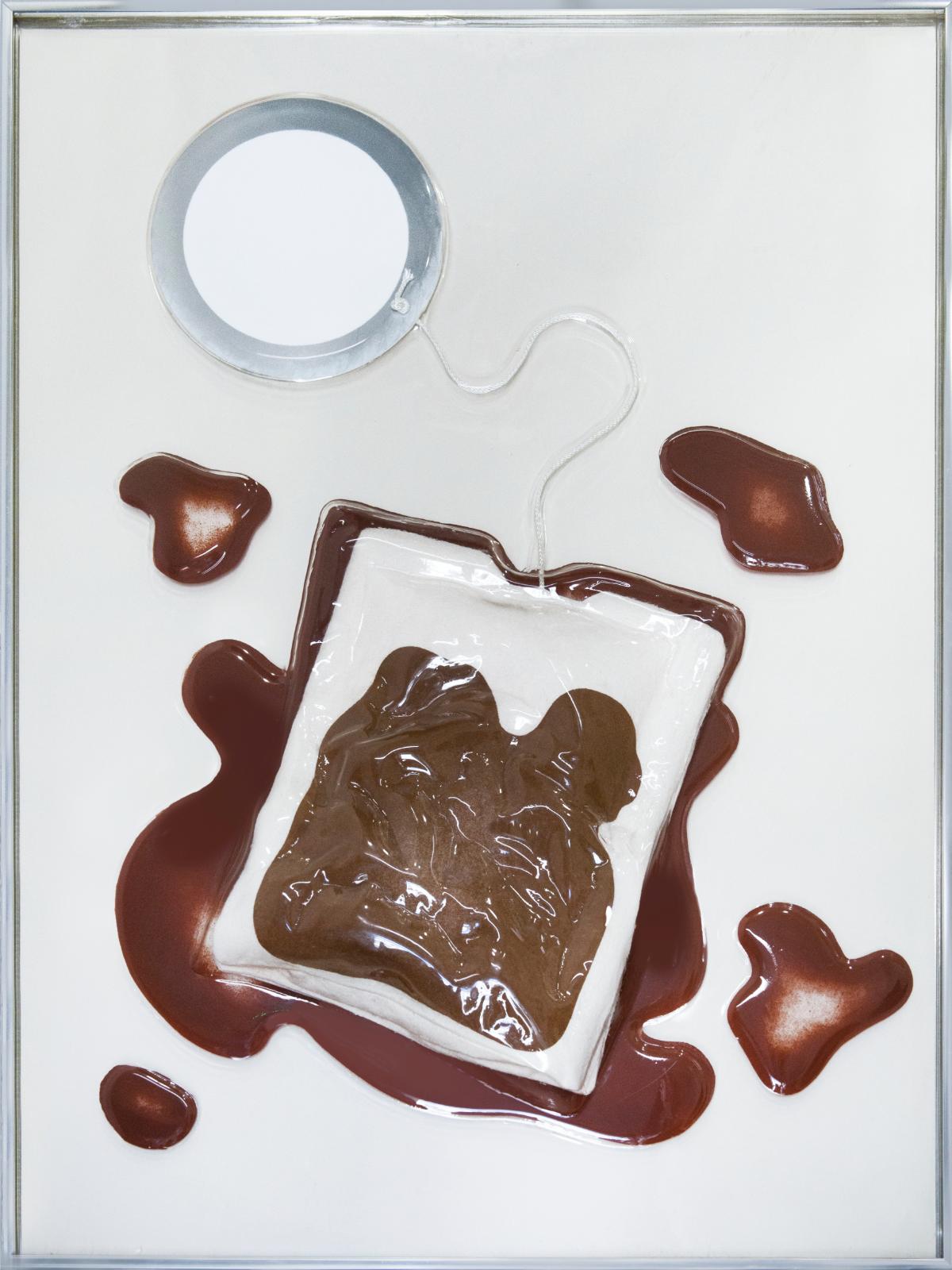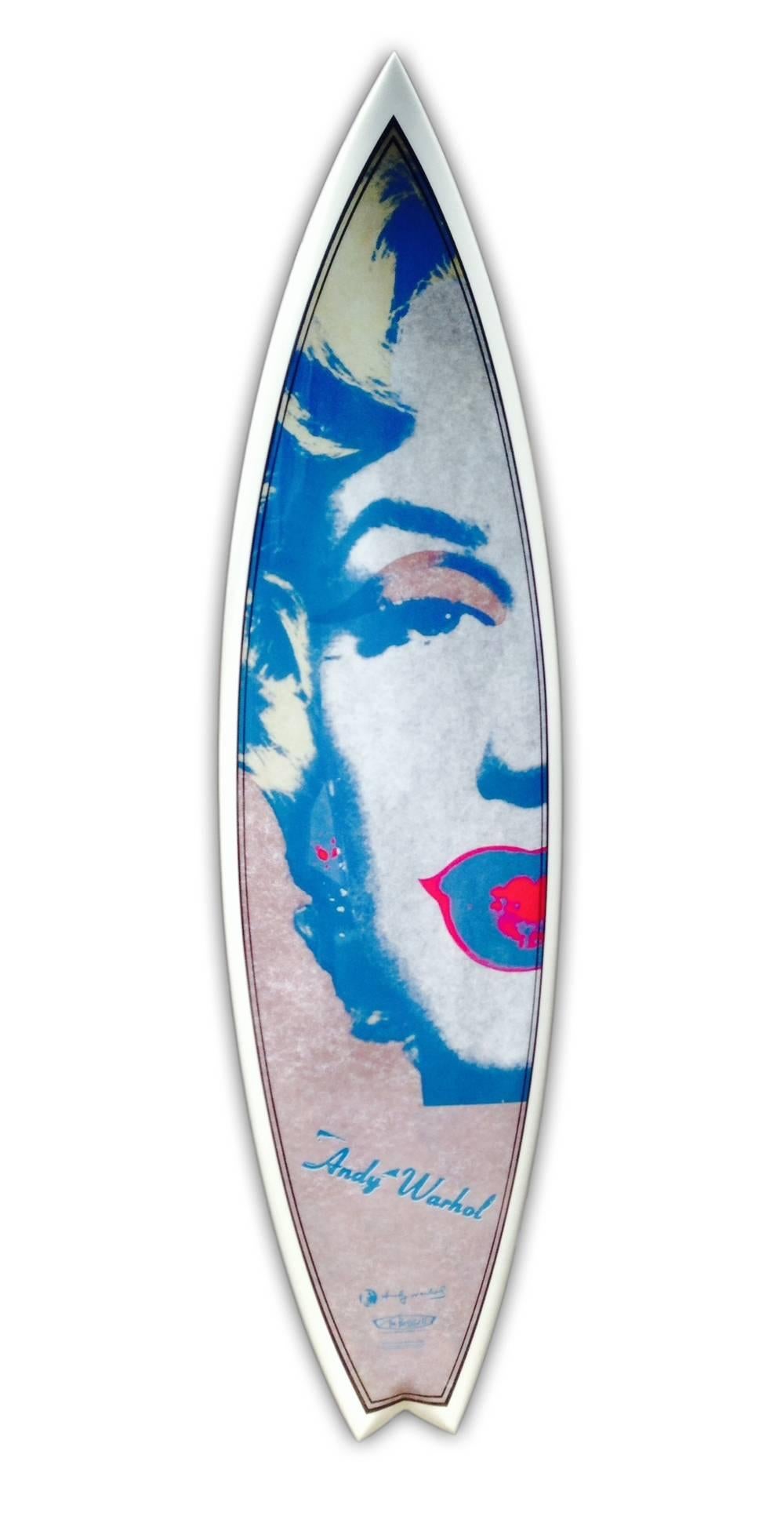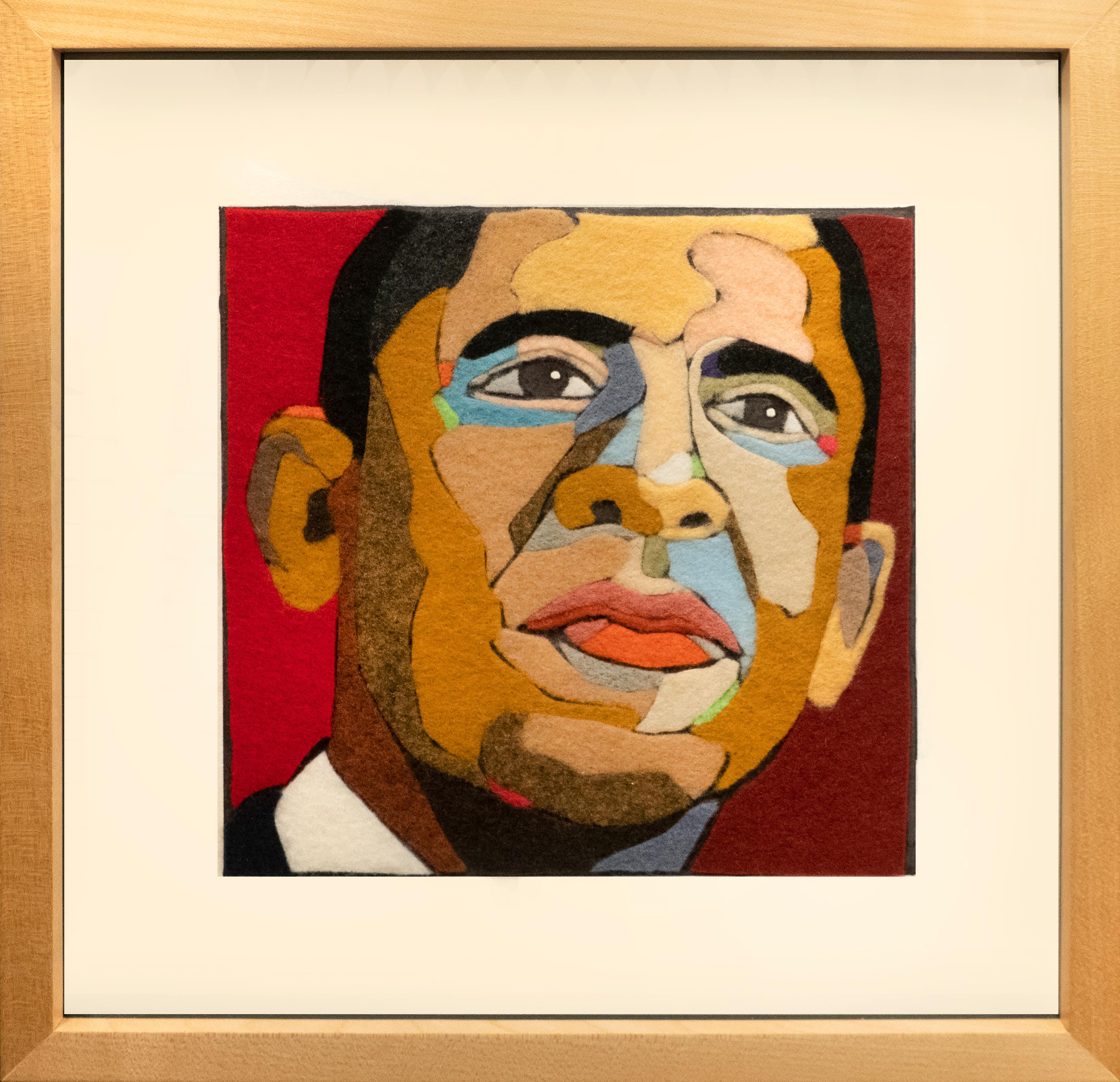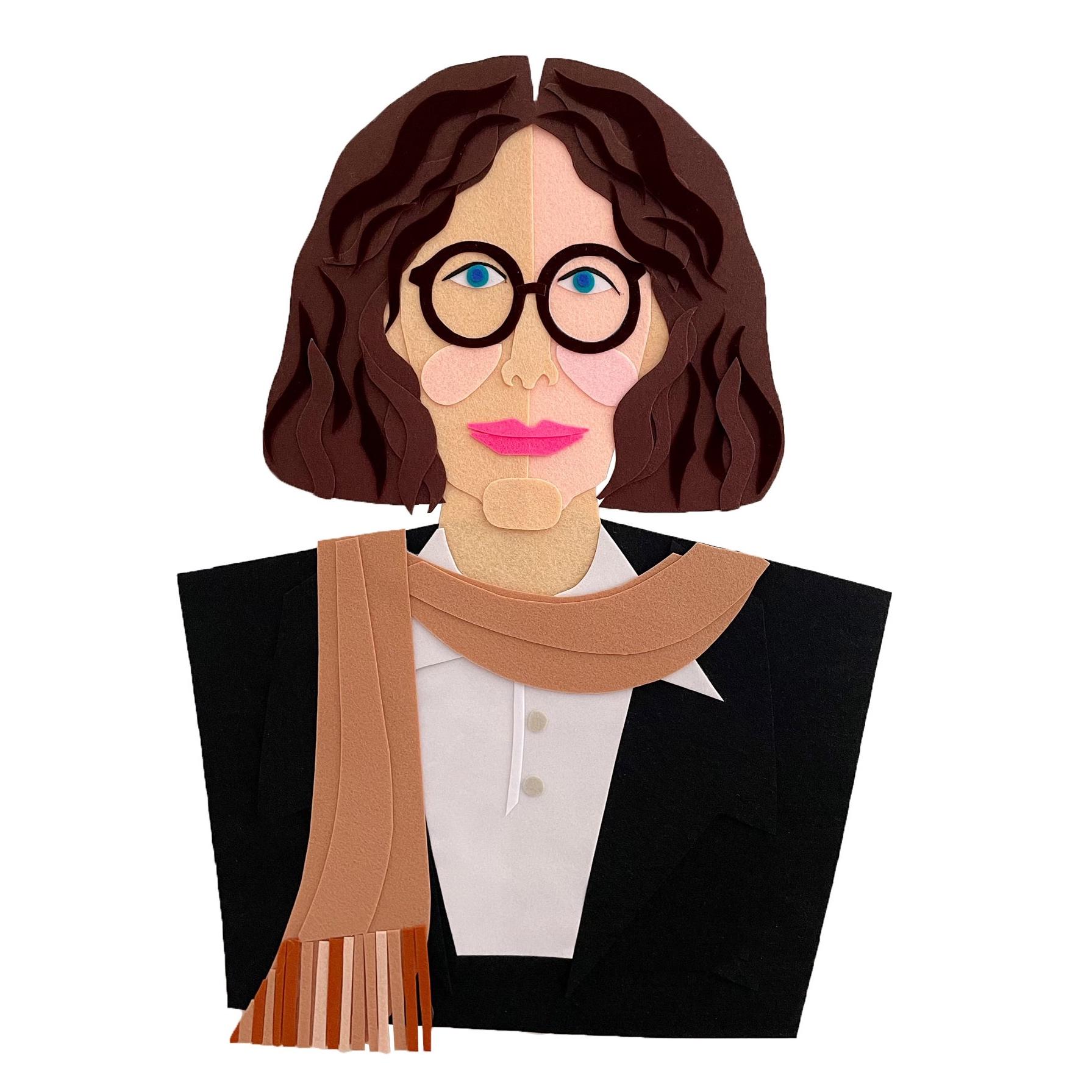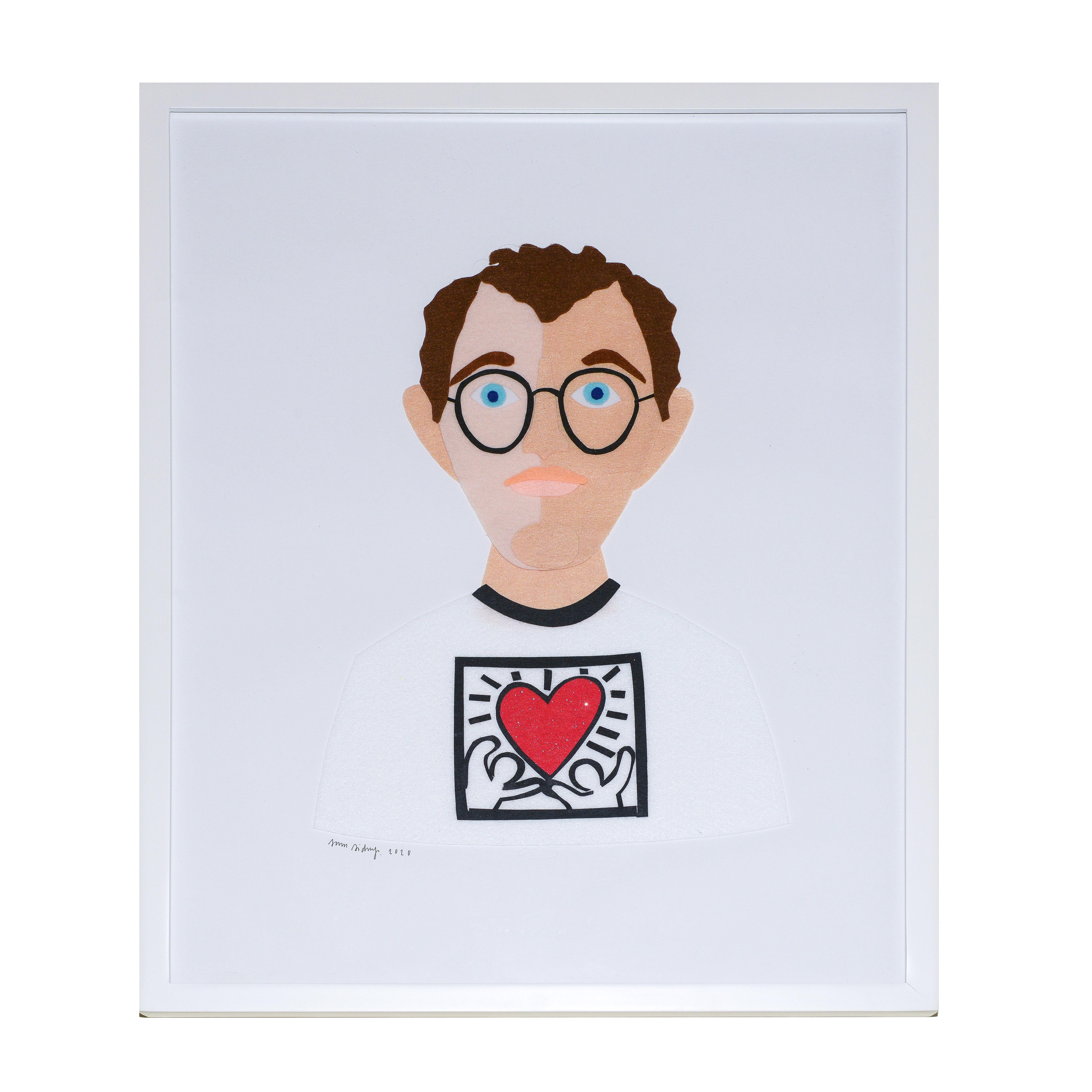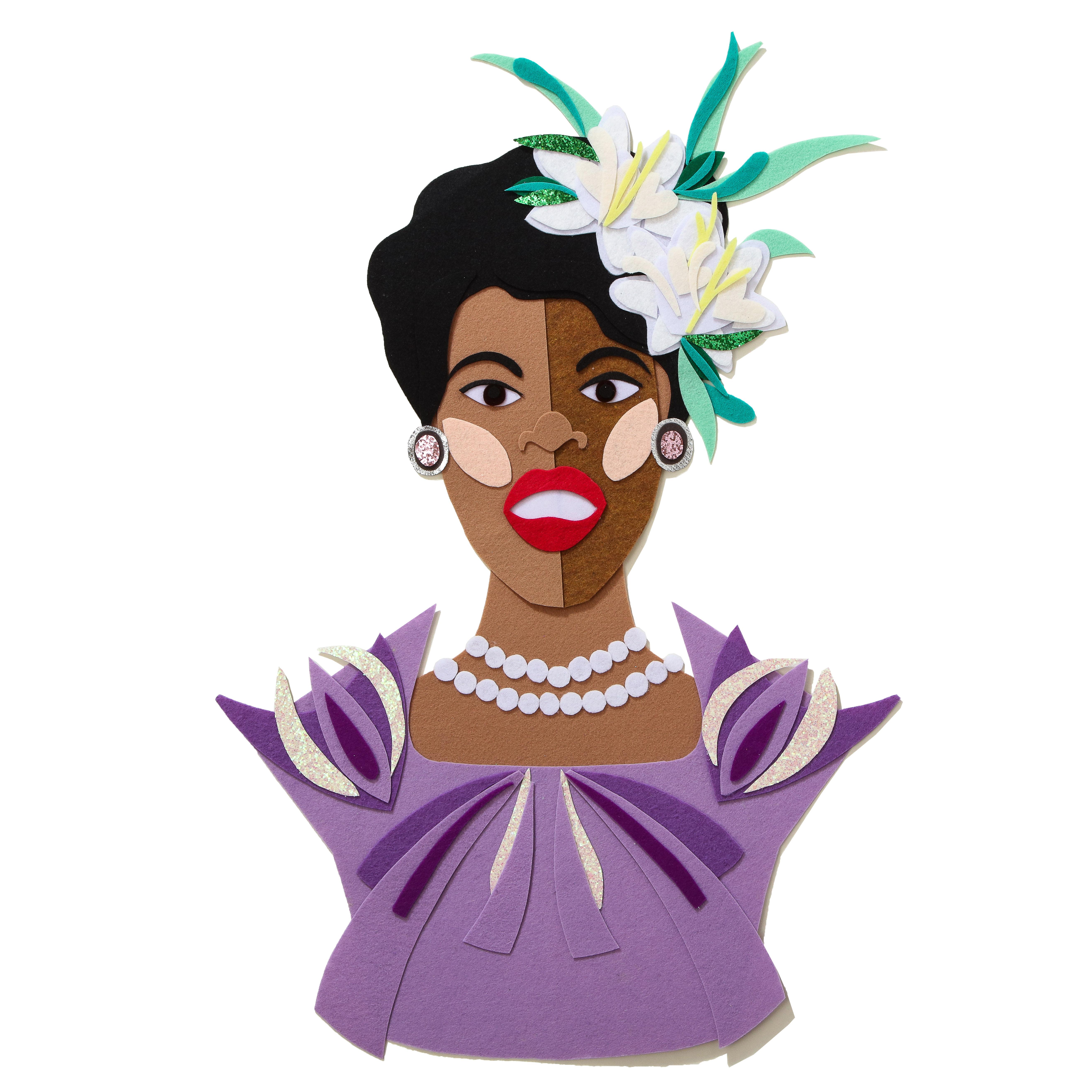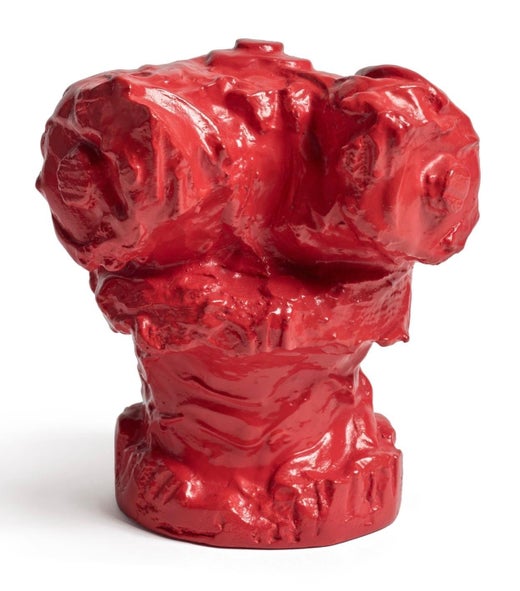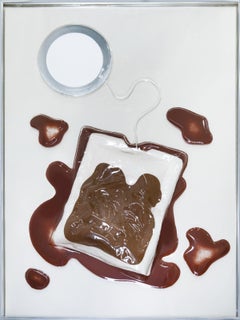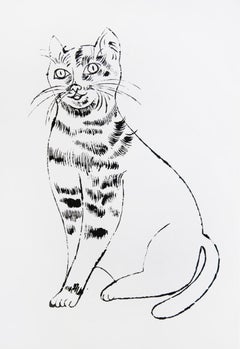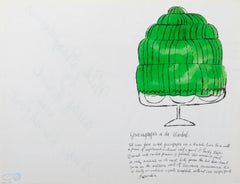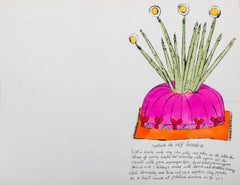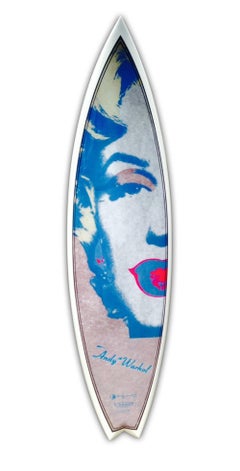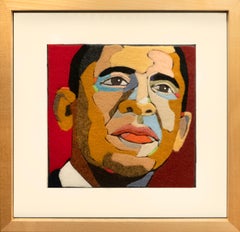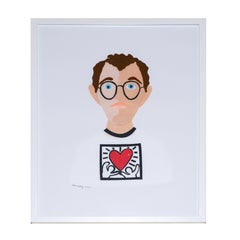Claes OldenburgLondon Knees 19661968
1968
Acerca del artículo
- Creador:Claes Oldenburg (1929, Americana, Sueco)
- Año de creación:1968
- Dimensiones:Altura: 19 cm (7,49 in)Anchura: 43,2 cm (17,01 in)Profundidad: 29,5 cm (11,62 in)
- Más ediciones y tamaños:Edition of 120Precio: 14.075 US$
- Medio:
- Movimiento y estilo:
- Época:
- Estado:
- Ubicación de la galería:London, GB
- Número de referencia:Vendedor: 1082351stDibs: LU47016440072
Claes Oldenburg
Uno de los artistas originales del Pop , Claes Oldenburg nació en Estocolmo. Hijo de un diplomático sueco, pasó sus primeros años en Estocolmo y Oslo hasta que la familia se trasladó a Chicago en 1937.
Oldenburg asistió a Universidad de Yale, y luego regresó a Chicago, donde trabajó para un periódico y también asistió a clases de dibujo en el Instituto de Arte. Se trasladó a Nueva York en 1956.
Los primeros trabajos artísticos de Oldenburg en Nueva York eran obras del realismo urbano en cartón y papel que estaban influidas por la obra de Dubuffet y los Nuevos Realistas, y se consideraban una respuesta brutal a la sociedad. En 1961 Oldenburg alquiló un escaparate en el Lower East Side y vendió objetos de escayola pintados con colores brillantes, así como relieves tridimensionales y murales basados en hamburguesas, pasteles, ropa de hombre y de mujer, y otras mercancías. Siguieron las esculturas blandas de la firma, objetos de uso cotidiano del hogar hechos de vinilo o lona rellenos de kapok. Estas piezas transformaron el medio: las esculturas blandas pretenden ser experiencias sensuales y comentarios sobre nuestro mundo material de objetos y nuestra relación con ellos.
En 1965, trabajando aún en vinilo, yeso y cartón, Oldenburg empezó a realizar grandes obras denominadas "Monumentos Colosales", que son grandes esculturas públicas con significados públicos y privados. En la década de 1970, Oldenburg estaba fabricando obras a gran escala en materiales duraderos como el acero, y trabajando con Coosje Van Bruggen, había recibido muchos encargos públicos de este tipo en Estados Unidos y Europa.
Encuentra auténticas esculturas de Claes Oldenburg , grabados y otras obras de arte en 1stDibs.
(Biografía facilitada por Art Commerce)
- EnvíoRecuperando presupuesto…Envío desde: London, Reino Unido
- Política de devolución
Más de este vendedor
Ver todoDécada de 1960, Arte pop, Técnica mixta
Fieltro, Cable, Plexiglás, Pantalla
Década de 1950, Arte pop, Impresiones de animales
Litografía, Offset
Década de 1950, Arte pop, Impresiones y múltiplos
Litografía, Tinta, Offset
Década de 1950, Arte pop, Impresiones y múltiplos
Litografía, Tinta, Offset
Década de 1990, Arte pop, Impresiones y múltiplos
Litografía
Década de 1950, Arte pop, Impresiones de animales
Litografía
También te puede gustar
Siglo XXI y contemporáneo, Arte pop, Técnica mixta
Digital, resina epoxi, Poliuretano
Siglo XXI y contemporáneo, Arte pop, Técnica mixta
Fieltro, Tablero
2.º década del siglo XXI, Arte pop, Técnica mixta
Fieltro
2.º década del siglo XXI, Arte pop, Técnica mixta
Fieltro
2.º década del siglo XXI, Arte pop, Técnica mixta
Fieltro
2.º década del siglo XXI, Arte pop, Técnica mixta
Fieltro
